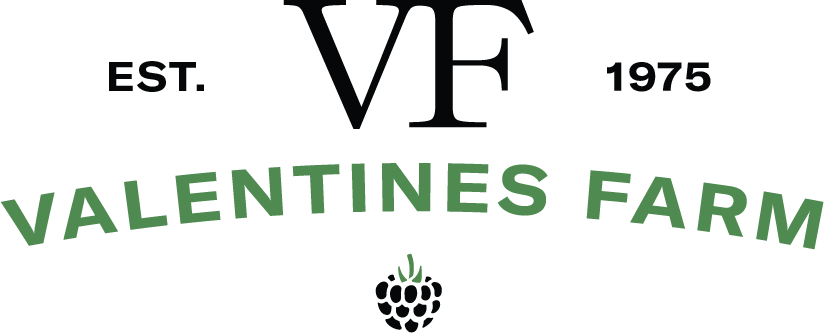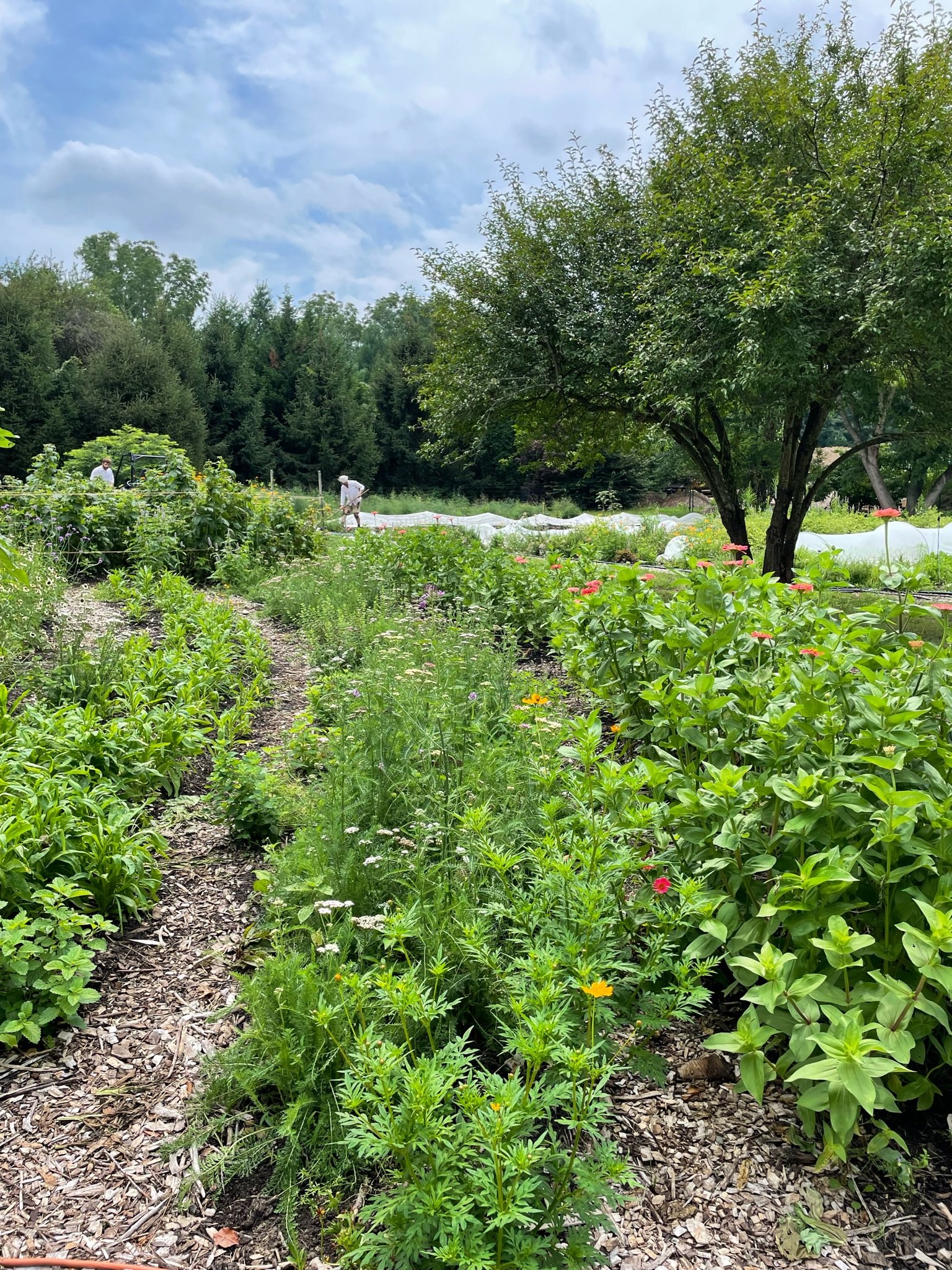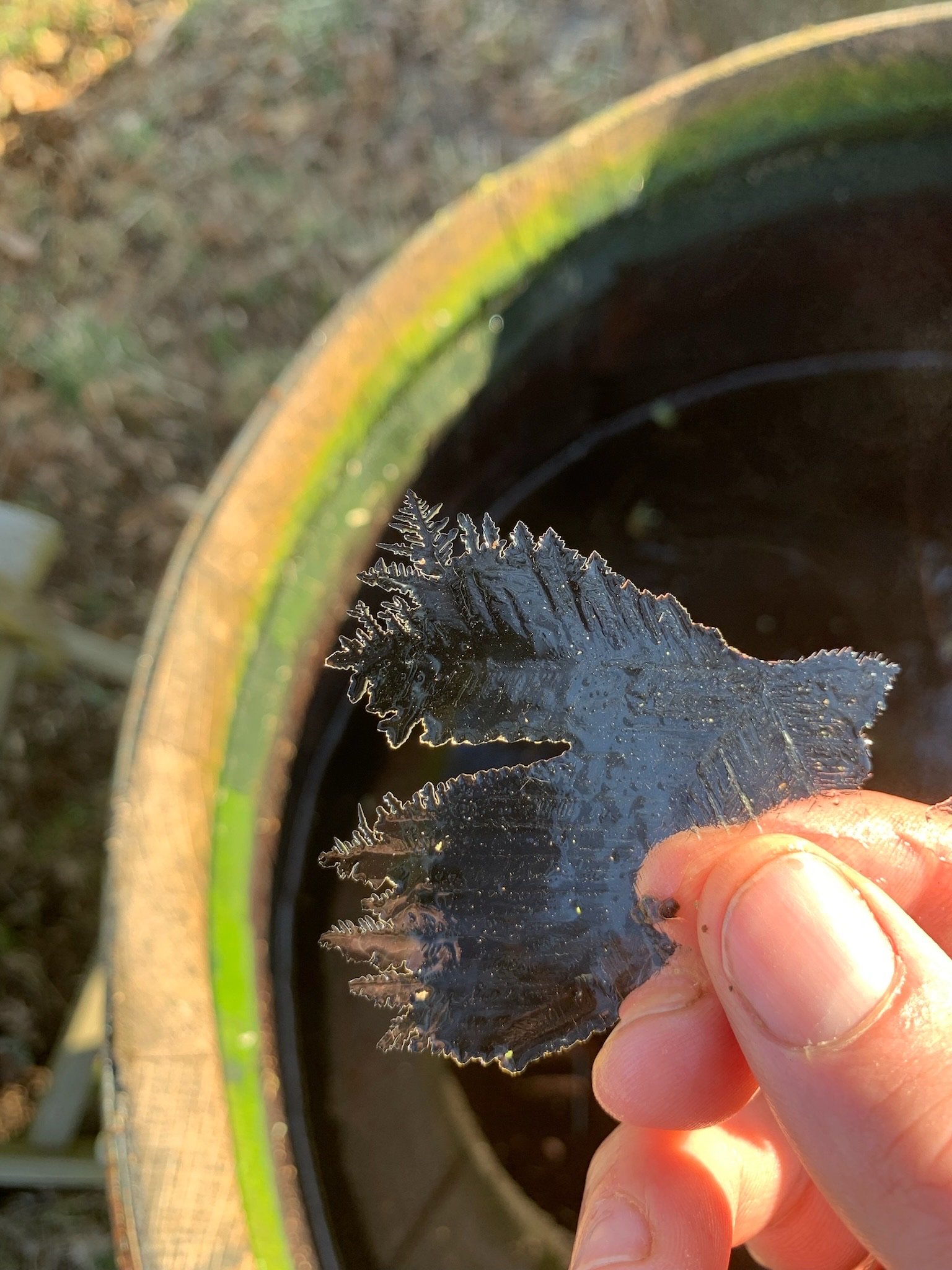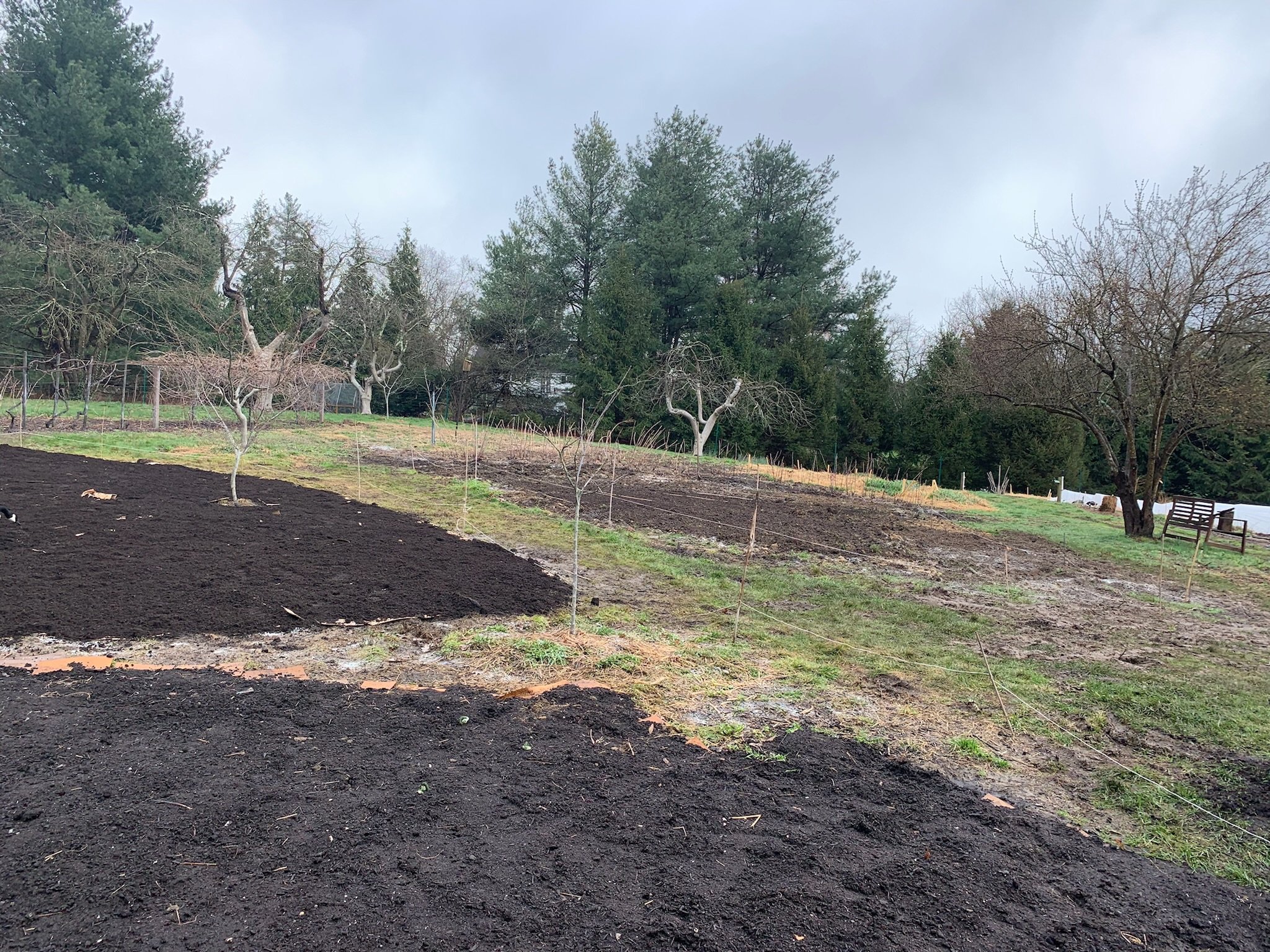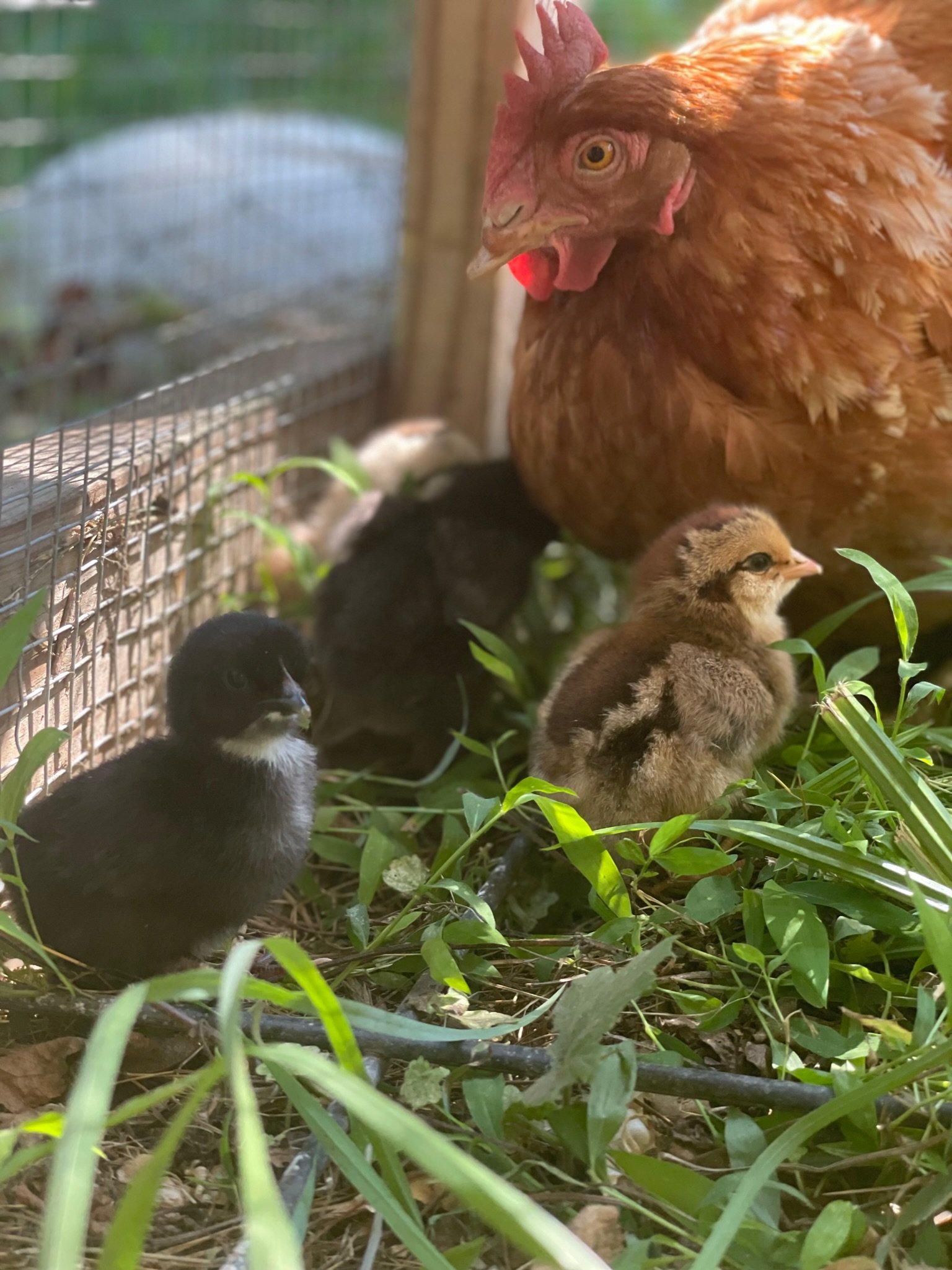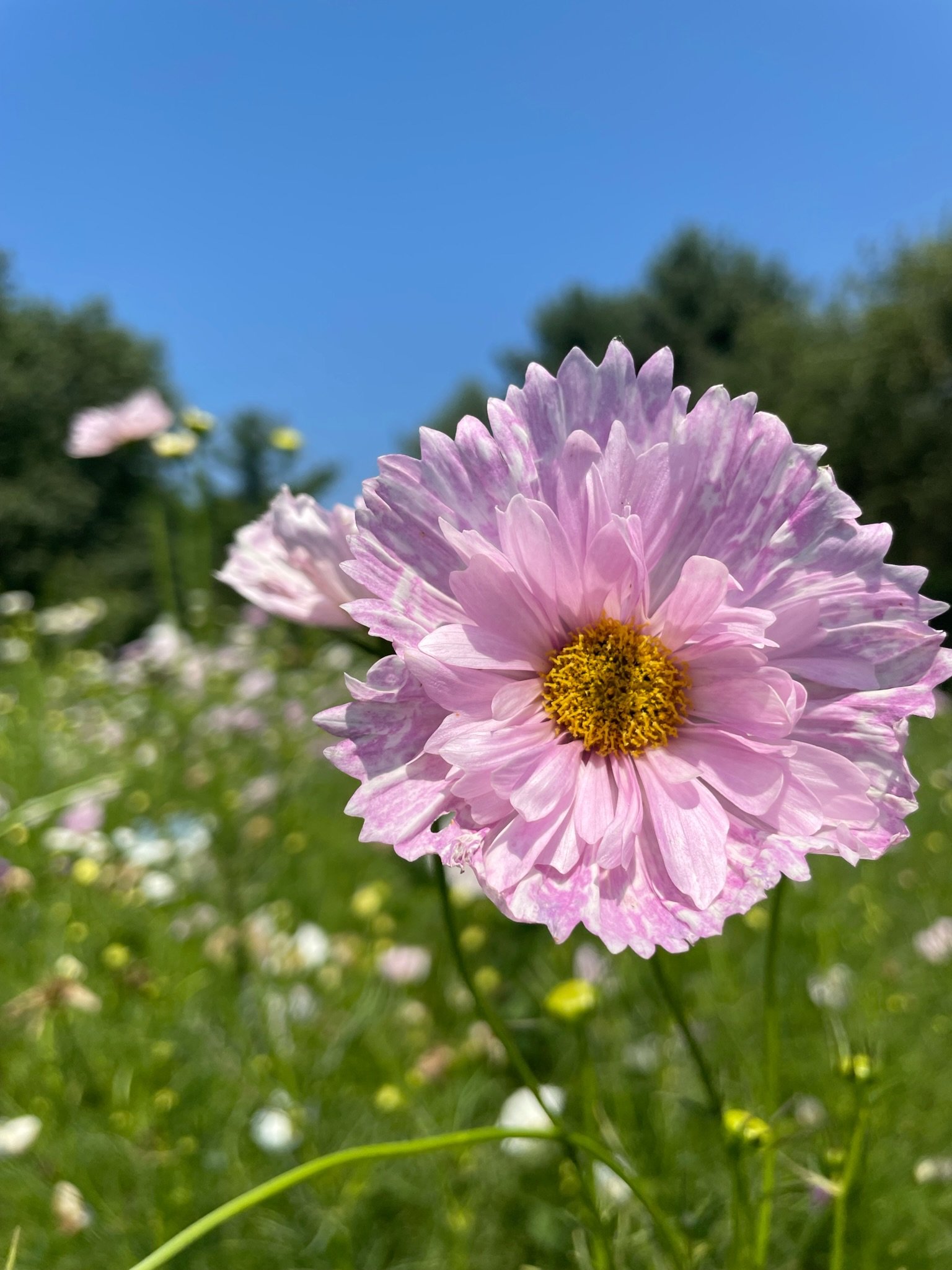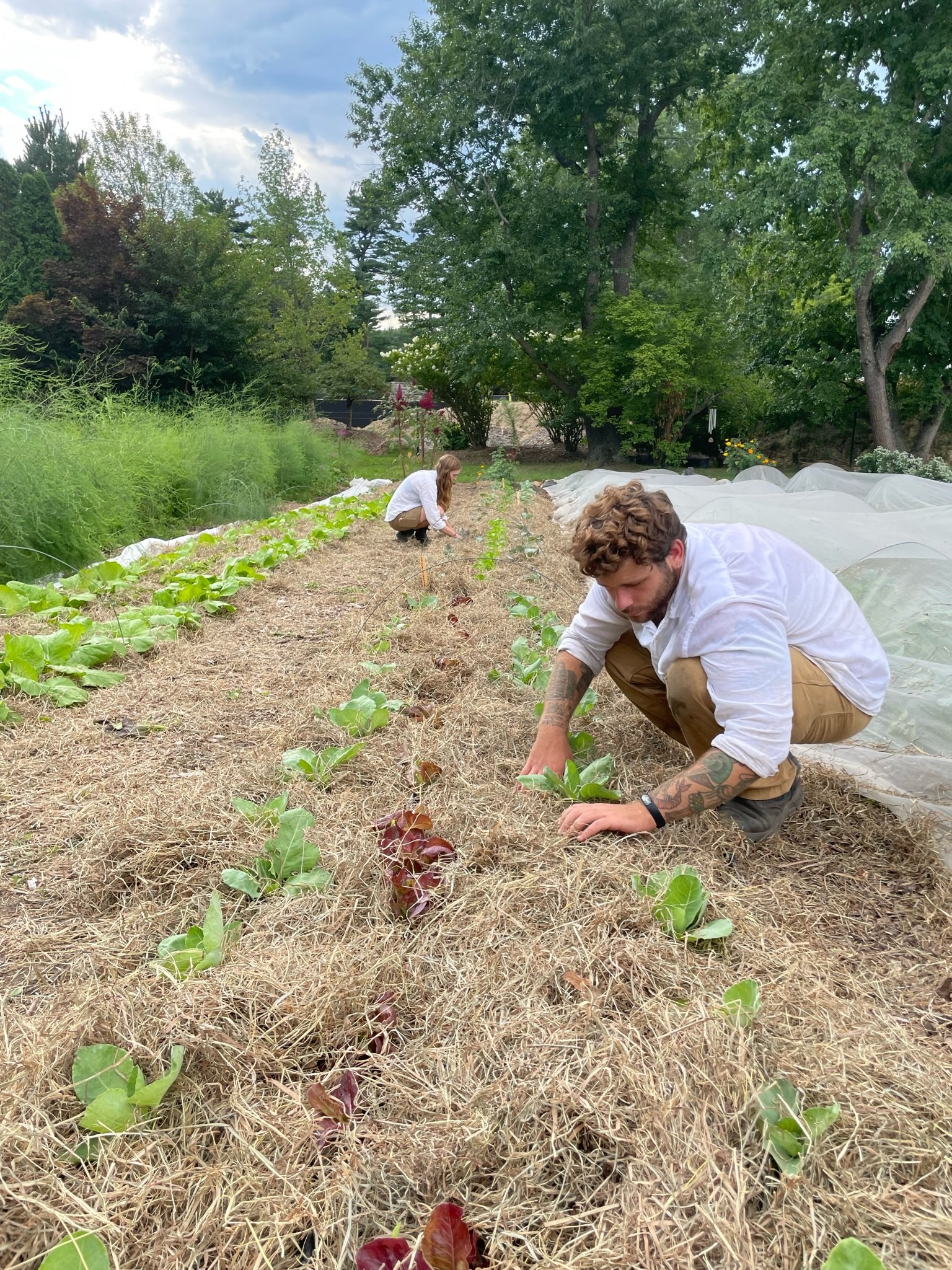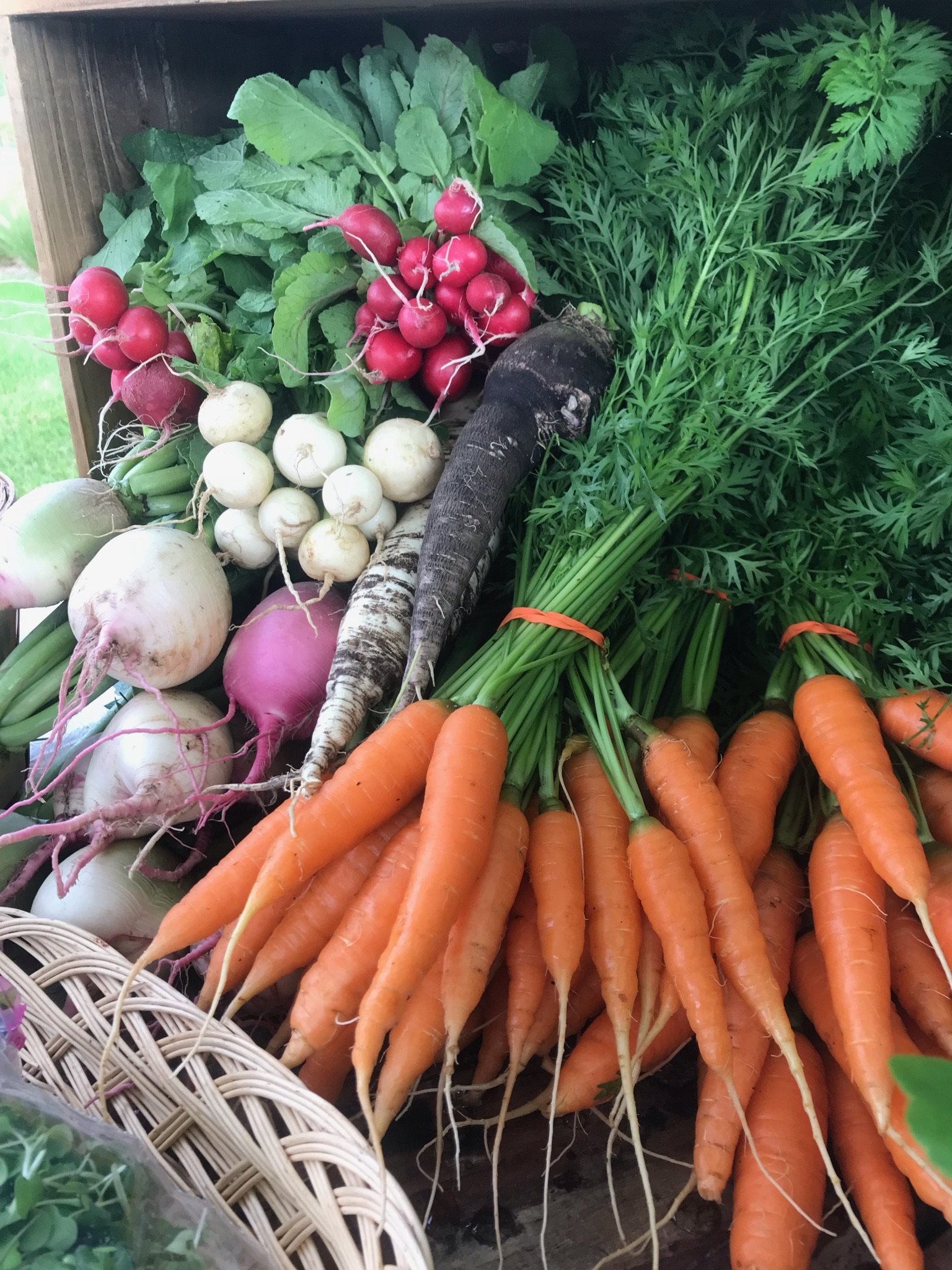How to Start a Backyard Garden: Nurturing & Harvesting
As we post this, near the winter solstice, there isn’t much plant nurturing or harvesting happening on the farm, but there is a lot of planning! Utilizing the “down time” when we aren’t in the garden allows us to plan as best as we can for the season ahead — we think this practice is good to share with new gardeners too! It’s impossible to plan for everything that will inevitably arise for you in your garden, but knowing what to expect and having some resources handy is always a good idea.
In Part 1 of this series, you learned how to plan and prepare a small garden plot in the fall.
In Part 2 of this series, we explained the basics of choosing seeds, plants, and planting.
In Part 3 (this part!), we will share our tips on nurturing your plants and harvesting.
In Part 4, we’ll show you how you can extend your veg season with fall sowings and simple frost protection.
Nurturing Plants
Water
Soil
Nutrition
Sunlight
Harvesting
Our Tips For a Successful Harvest
Nurturing Plants
All plants have different requirements for optimal care. There’s no way we could possible describe it all or even a few in depth as care for an individual plant or a field of crops will change season after season as the weather changes, the soil changes, your varieties change, and you change!
So much of plant nurturing comes from intuition, sometimes called a “green thumb” which is usually a mixture of knowledge, curiosity, observation, healthy soil, patience, and a little luck.
Water
Nurturing through watering is the most obvious way to care for your plants but for most varieties it’s easy to over or under water which paves the way for other problems like pests, molds and mildews, bacterial or viral outbreaks, and more.
The biggest mistake we see is when someone waters, they don’t water thoroughly enough. You may water and still find your plants thirsty, and this is because most plants like to be thoroughly watered and then given time to uptake that hydration, as opposed to being in a constant state of drought or flooding.
Feel the soil, watch for signs in the leaves (keep reading!), and note that cooler, more overcast days / weeks (especially in the spring and fall) require less water and warmer, brighter days will require more!
Ask yourself these questions, if the answer is yes, you’re likely overwatering:
Is the soil always wet?
Are there fungus gnats (tiny flies) hovering around your plants?
Do the leaves of your plant have a yellow tint?
Are the stems weak, floppy, and soft?
Ask yourself these questions, if the answer is yes, you’re likely underwatering:
Is the soil dry to the touch, especially an inch under the surface?
Are the leaves dark green, with a blue tint?
Are the leaves wilted looking, with a matte finish?
Is your plant growing very slowly?
Soil
Soil health is a topic that could (and very well might!) take up its own blog post. For this post, we’ll add this resource for soil testing so you can have a basic understanding of what’s happening in your backyard before you amend the soil with nutrients. A few things to consider when assessing soil quality and health:
Compaction - Is the soil very hard, dense, and packed tightly? Or is it loose, light, and aerated?
Diversity - When you dig a hole, do you see fine white roots? Earth worms? Thriving life?
Water holding capacity - Does the soil dry out quickly? Can you squeeze water from the soil?
Overall health - Has your soil been protected (by cover crops, or green manure)? Has your soil had animal influence (from chickens, worms, or ruminants)? Has your soil been disturbed (by driving, walking, tilling, etc.)?
These are just a few questions to get you started in thinking about your soil. More to come in a later post!
Nutrition
The nutrition each plant requires is drastically different from the next. We recommend you seek guidance and research the soil preferences of the plants in your garden but there are a few tips we’d like to share with you that work generally for most garden veggies.
Compost is incredibly nourishing for your soil and therefore your plants. If you’re not ready to make your own compost there are incredible resources for you to purchase some locally or regionally. We love Vermont Compost but most farmers markets will have resources or farmers you can ask to supply something more locally for you!
Nutrient-rich teas and preparations are also highly supportive for building healthy soil and healthy plants. We use Biodynamic Preparations and love making our own teas with medicinal plants on the farm. Try this nettle tea at home!
There are other types of soil amendments like fish and seaweed fertilizers, individual nutrients, worm castings, blood and bone meals, and so much more to explore, but as you’re getting started, keep it simple, make what you can yourself from your own garden, and consult with someone at a local garden store or farmers market if you’re looking for a deeper dive!
Sunlight
Sunlight is vital for the garden and in the first part of this series we talk about the location of your garden based on what you’d like to grow. Fruiting crops like tomatoes and winter squash require ample sunlight throughout the summer, whereas some tender delicate herbs like cilantro will bolt (go to flower and seed) when the sun and heat get to be too much.
Consider that the “shoulder seasons” in spring and fall tend to have cooler temps, less daylight, and less direct sun, and therefore plants grow a little slower in the shoulder seasons.
Read your seed packets thoroughly, or do your research on the seedlings you’re purchasing to know where to plant what in your garden. Need to be able to move your plants easily? Use pots! Pots can be a great way to have plants on the go that you can move to the sunlight or move out of the direct sun when they’ve had enough - sun safety isn’t just for us!
Harvesting
Our Tips for a Successful Harvest
Here are some of our top tips for harvesting common garden crops:
To harvest basil, we recommend watching this clip. Properly pruning your basil plant will allow you to understand other plants that benefit and event flourish from a frequent harvest.
To harvest cut and come again lettuce for heads that keep on giving, check out this video!
For harvesting strawberries, you should be able to snap the berry straight off the vine with the calyx (the green leafy top of the strawberry) without any part of the stem. You may even be able to hear a snap!
Don’t worry if you harvest a tomato or two a little under ripe, they’ll continue to ripen off the vine due to naturally-occurring ethylene! Leave them at room temperature and within a few days, you’ll have perfectly ripe tomatoes.
Make sure to harvest as early in the day as you can as the cooler your veggies are, the better they will store. If you need to harvest midday or late in the day, try to cool down your produce as quickly as possible to preserve its freshness!
If you’re using harvesting tools like snips or scissors, make sure to wash them in between uses. They can harbor and spread bacteria so it’s important that you keep everything clean!
For herbs and flowers, over harvesting can be detrimental. As a rule of thumb, don’t remove more than 1/3 of any plant’s mass.
We hope this series continues to be supportive as you plan your 2023 and beyond gardens! Make sure to share your progress as you plan, prepare, and plant your backyard gardens with #VFBackyardGarden. Stay tuned for Part 4 next month where we’ll talk about extending the harvest and protecting your garden when the cool weather sets in.
